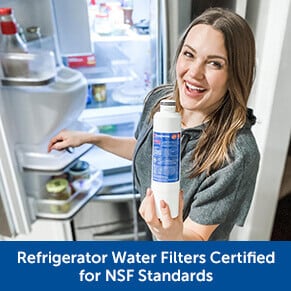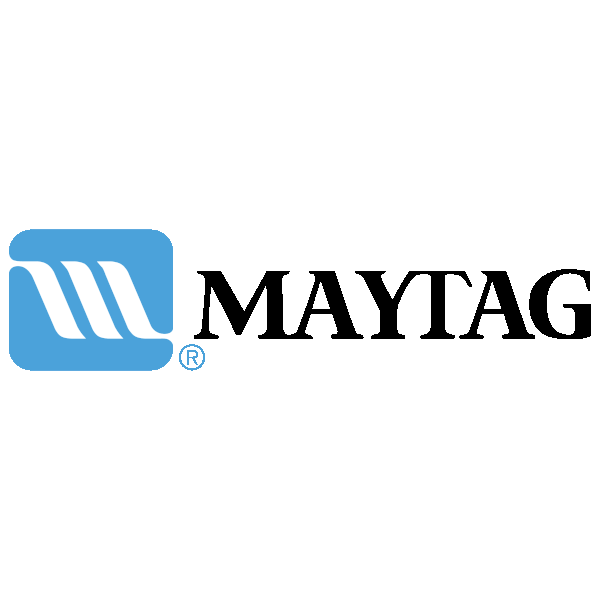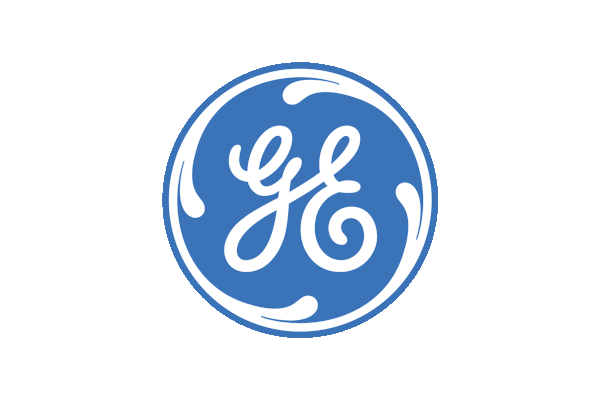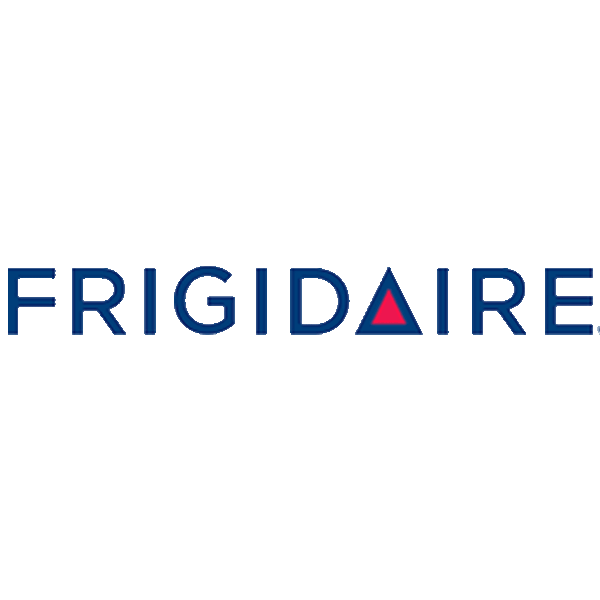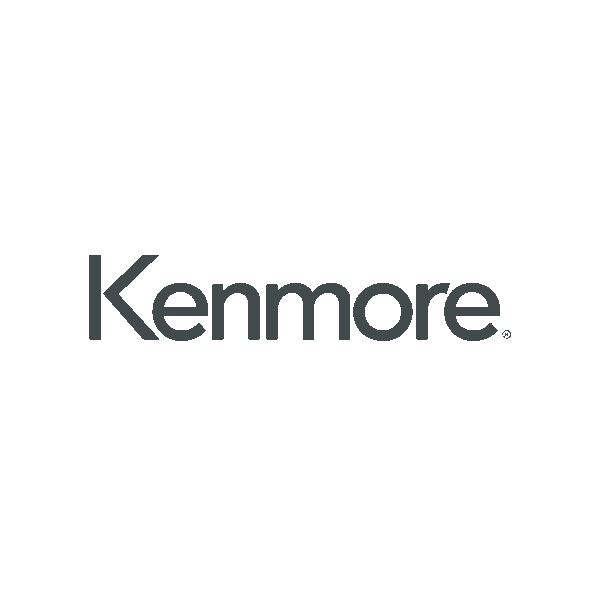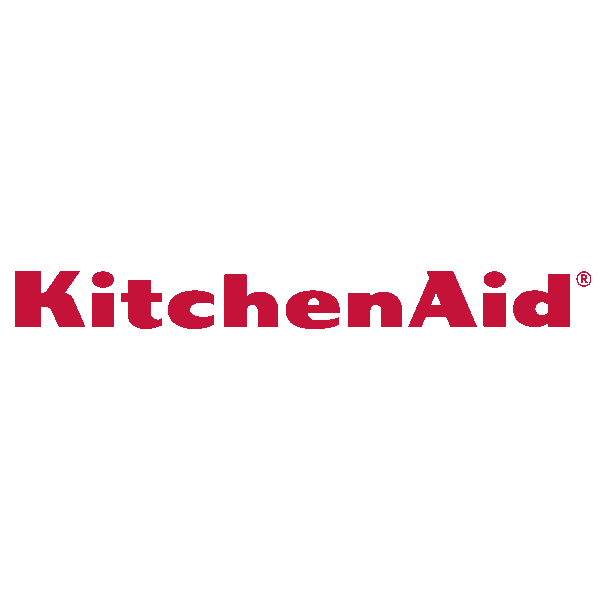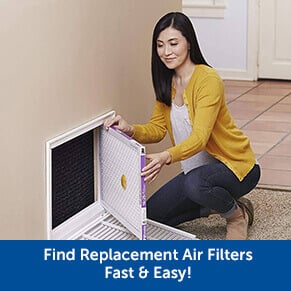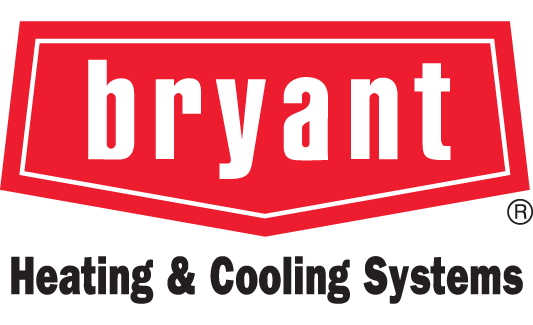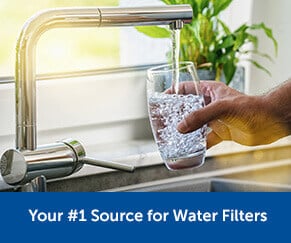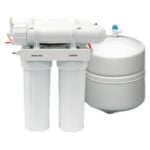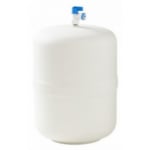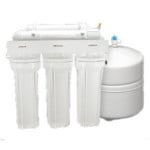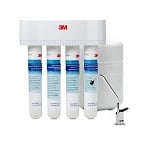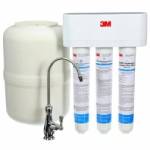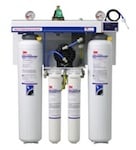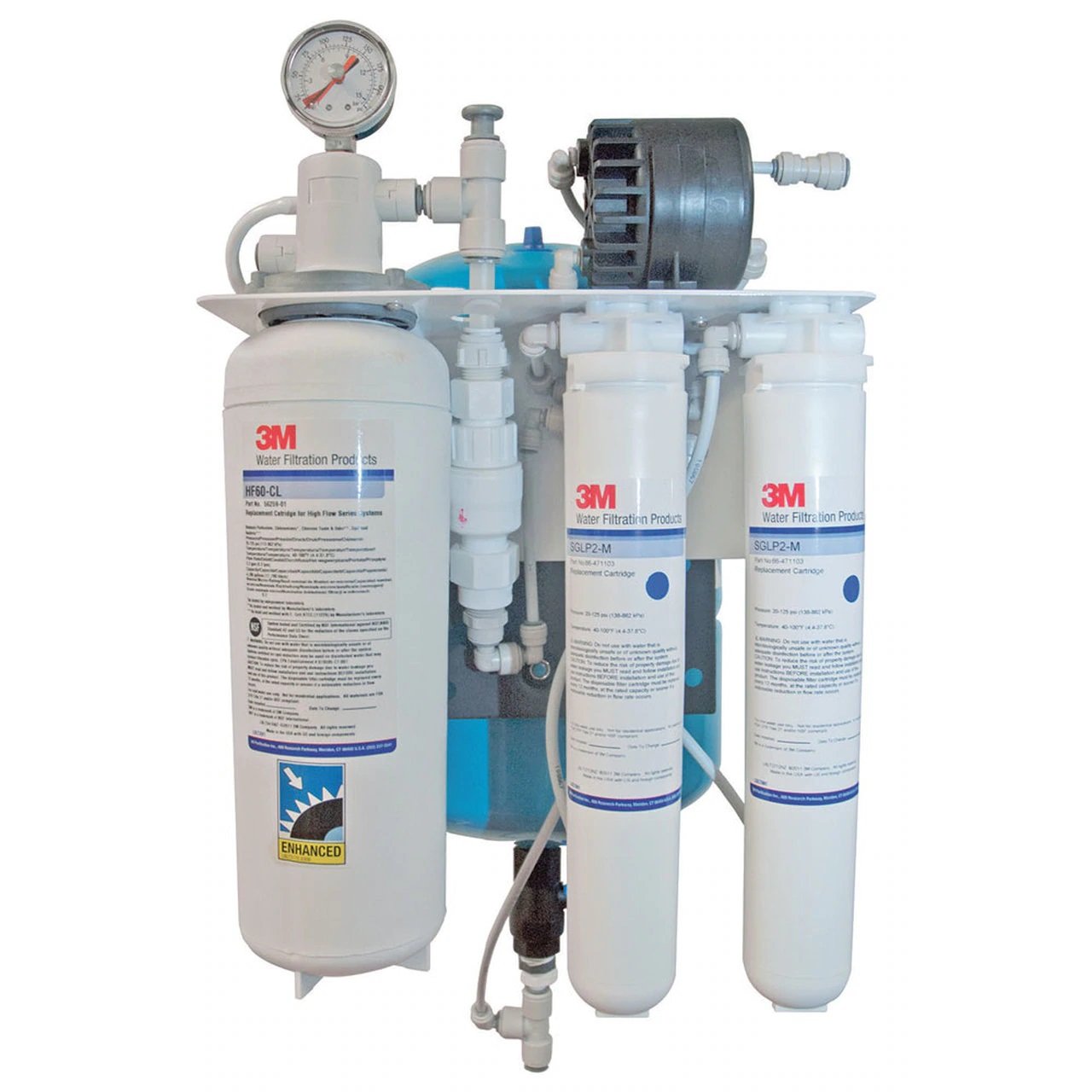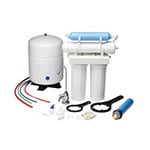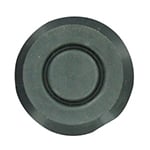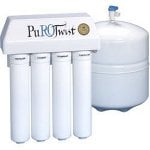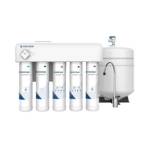Popular Products
within the continental U.S.
Retail: $299.99
Our Price: $194.99
Save 35%!
within the continental U.S.
Retail: $192.99
Our Price: $159.99
Save 17%!
within the continental U.S.
Retail: $349.99
Our Price: $264.95
Save 24%!
within the continental U.S.
Retail: $1,748.99
Our Price: $1,498.95
Save 14%!
within the continental U.S.
Retail: $655.99
Our Price: $559.95
Save 15%!
within the continental U.S.
Retail: $875.99
Our Price: $609.95
Save 30%!
within the continental U.S.
Retail: $2,439.99
Our Price: $1,889.42
Save 23%!
within the continental U.S.
Retail: $499.99
Our Price: $379.95
Save 24%!
within the continental U.S.
Retail: $1,411.99
Our Price: $1,199.95
Save 15%!
within the continental U.S.
Retail: $299.99
Our Price: $229.95
Save 23%!
Retail: $59.99
Our Price: $41.95
Save 30%!
within the continental U.S.
Retail: $913.77
Our Price: $639.00
Save 30%!
within the continental U.S.
Retail: $445.99
Our Price: $334.99
Save 25%!
within the continental U.S.
Retail: $4,439.99
Our Price: $3,899.95
Save 12%!
within the continental U.S.
Retail: $1,699.99
Our Price: $1,497.99
Save 12%!
within the continental U.S.
Retail: $299.99
Our Price: $229.95
Save 23%!
Retail: $599.95
Our Price: $529.95
Save 12%!
Reverse Osmosis Filter System Profile:
Reverse osmosis uses pressure to force water across a semi-permeable membrane to remove dissolved solids in water.
How do you know if you need a reverse osmosis system?
If you want to remove contaminants that are present in your water like lead, fluoride and other inorganics, a reverse osmosis could be the solution you are looking for. If you want to improve the taste and smell of your water, a reverse osmosis is not necessary. Reverse osmosis systems are not recommended for whole house filtration. Reverse osmosis removes ALL dissolved solids including beneficial minerals causing the water to have an acidic pH. Another thing to consider is that RO systems produce a large amount of wastewater. For every one gallon of filtered water, you will likely have at least three gallons of water that is wasted.
What contaminants does a reverse osmosis system remove?
An RO system can effectively reduce the following in water:
- Most microorganisms
- Arsenic
- Chlorine
- Fluoride
- Heavy metals
- Nitrates
- Sediment
- Iron
- Bacteria
- Viruses
- Cysts
How does a reverse osmosis system work?
RO systems have the same basic components
Pre-filter(s):
Reverse osmosis systems will always have a pre-filter. The type and the number of pre-filters will depend on the type of membrane that is being used. The most common are sediment filters and will remove chlorine. A pre-filter is necessary because it helps extend the life of the membrane.
Membrane:
An RO membrane is the most important component of an RO system. Membranes are designed with pores small enough to pass pure water through and rejects larger molecules like dissolved salts (ions) and other impurities like bacteria.
Storage Tank:
After the water passes through the pre-filter(s) and membrane, it will flow into the storage tank. Once the storage tank is full, there is a shut-off valve that will prevent more water from passing through the membrane.
Many RO systems come with their own faucet which is typically installed near on the kitchen sink apart from the regular faucet. When the RO faucet is turned on, purified water will flow from the storage tank to a post-filter.
Post-filter:
The post-filter will remove any remaining tastes and/or odors from that water making it safe to drink.
Drain-line:
A drain line will run from the membrane housing to the drain which will dispose of the impurities and contaminants that were removed from the water source.
What are the benefits of reverse osmosis filtration?
Reverse osmosis has a very high rejection rate for most impurities that are found in water and can be very cost-effective long term. Reverse osmosis is effective at producing pathogen-free and mineral-free water. Reverse osmosis systems are good to use if you have well water or if you water is not municipally treated.
Which RO system should I choose?
While the choice is ultimately up to you, we recommend taking the quality of each component into account, especially RO filters and membranes.
For more information about RO systems, check out our RO Filters Buyers Guide on The Filtered Files.
How to install an RO system
How to install a reverse osmosis system can vary.
When should I change my RO filter?
We recommend changing RO filters once every year with systems on municipal water and every six months with systems on well water.
When should I replace the membrane?
A membrane can last between two and five years. When you change a membrane will depend on how much water is processed through the membrane and you water quality. The best way to determine whether your membrane needs changing is to use a TDS (total dissolved solids) meter to determine the filtration performance of your membrane. If your membrane is reducing less than 80% of the TDS in your water, this is a good indication that it is time to change the membrane.
Have a question we didn&rsquo t answer? Head over to our Filtered Files Blog where we&rsquo ve answered some Frequently Asked Questions About Reverse Osmosis.


